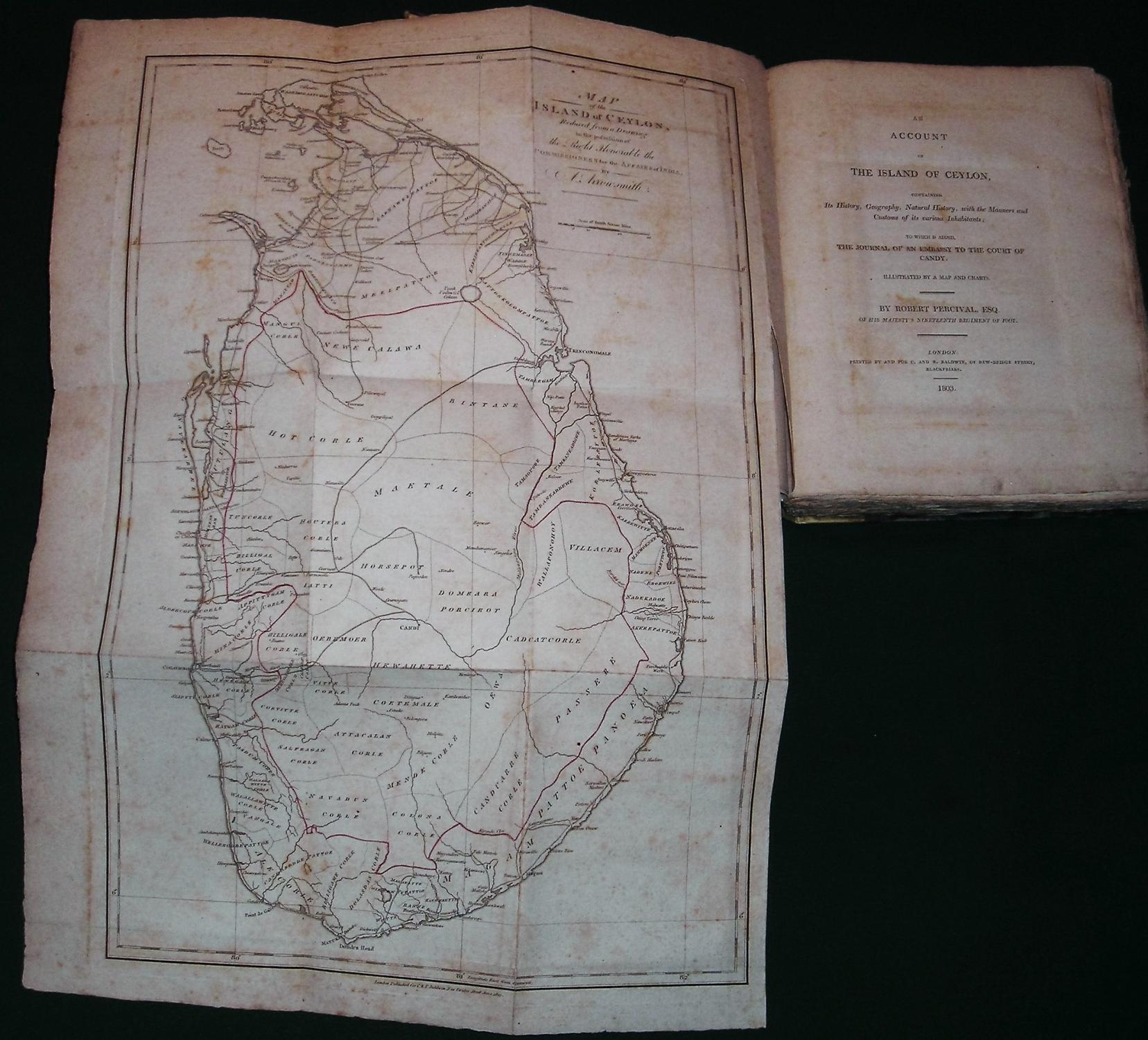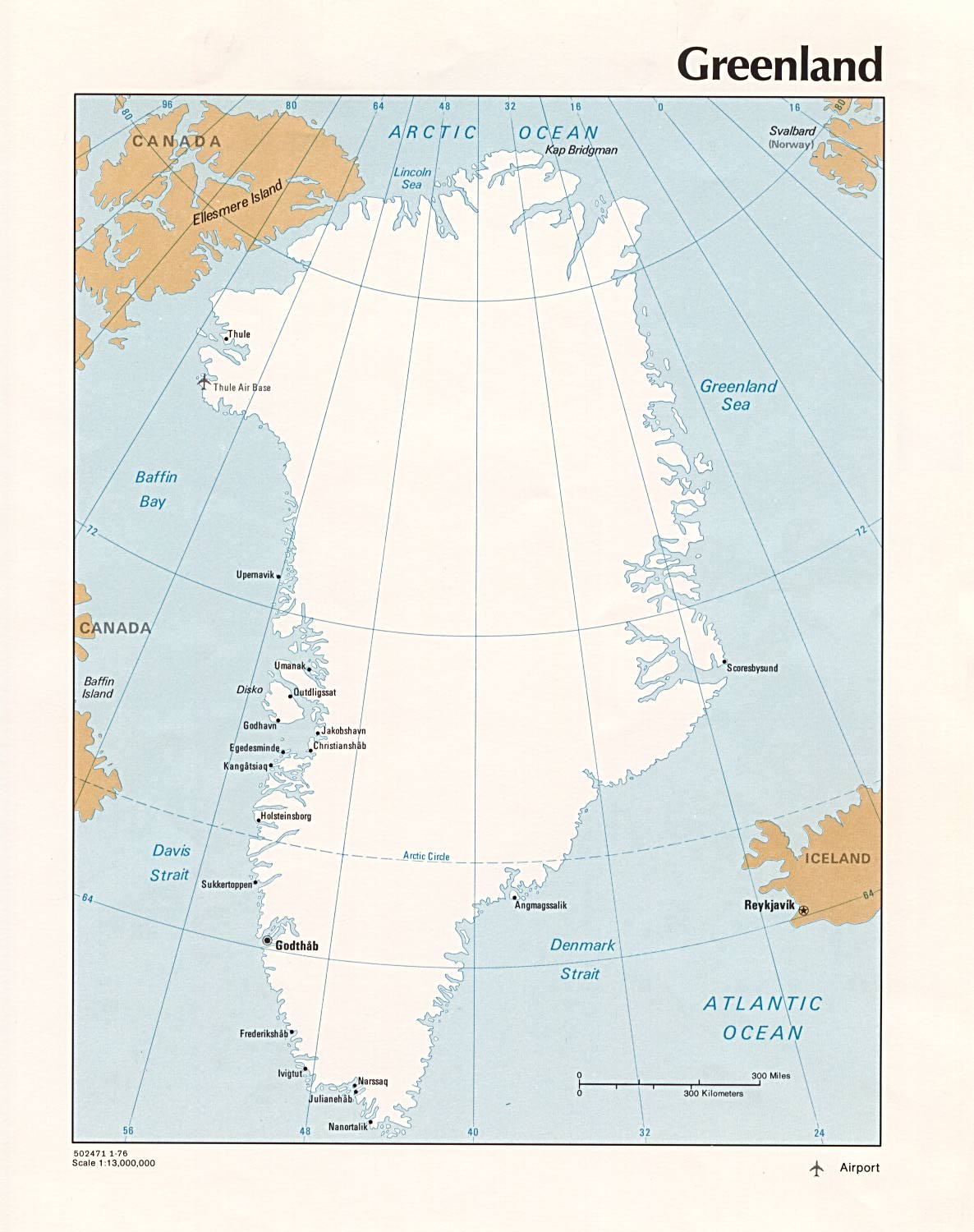Does the Gulf of Mexico pique your interest?
This comprehensive guide unravels the rich tapestry of its history, geography, and natural wonders, leaving you enthralled and enlightened.
Editor's Note: "Gulf Of Mexico: A Comprehensive Guide To Its History, Geography, And Natural Wonders" has been published today to satiate your curiosity and provide an in-depth understanding of this captivating body of water. Its significance lies in its ecological diversity, economic importance, and historical relevance.
Our meticulous analysis and extensive research have culminated in this guide, empowering you to delve into the captivating realm of the Gulf of Mexico. We've synthesized key information to assist you in making informed decisions and deepening your appreciation for this extraordinary natural wonder.
Key Differences:
Transition to Main Article Topics:
FAQ
This comprehensive FAQ section provides concise answers to frequently asked questions about the Gulf of Mexico, offering a deeper understanding of its history, geography, and natural wonders.

An Account of the Island of Ceylon,: containing its History, Geography - Source www.abebooks.com
Question 1: What is the Gulf of Mexico?
The Gulf of Mexico is a semi-enclosed marginal sea of the Atlantic Ocean, bounded on the west by the North American continent, on the south and east by Cuba, and on the north by the United States.
Question 2: How was the Gulf of Mexico formed?
The Gulf of Mexico was formed approximately 300 million years ago during the breakup of the supercontinent Pangaea. It is believed to have originated as a rift basin that gradually filled with water over time.
Question 3: What is the significance of the Gulf of Mexico's location?
The Gulf of Mexico's strategic location at the crossroads of the Americas has made it a hub for trade, transportation, and military operations. It is also a vital source of natural resources, including oil, gas, and fisheries.
Question 4: What are some of the unique natural wonders of the Gulf of Mexico?
The Gulf of Mexico boasts a diverse ecosystem, including coral reefs, seagrass beds, and mangrove forests. It is also home to a wide variety of marine life, including dolphins, sea turtles, and numerous species of fish.
Question 5: What are the major challenges facing the Gulf of Mexico?
The Gulf of Mexico has faced several challenges, including pollution, overfishing, and coastal erosion. Human activities have significantly impacted its ecosystem, and addressing these challenges is crucial for its long-term health.
Question 6: What can be done to protect the Gulf of Mexico?
Protecting the Gulf of Mexico requires a multifaceted approach, including implementing sustainable fishing practices, reducing pollution, and restoring coastal habitats. Collaboration between governments, industries, and individuals is essential to ensure the conservation of this valuable ecosystem.
In conclusion, the Gulf of Mexico is a region of great historical, geographical, and ecological importance. Understanding the diverse aspects of the Gulf of Mexico through these frequently asked questions provides a comprehensive overview of its significance and the challenges it faces.
Continue reading to delve deeper into the rich history, geography, and natural wonders of the Gulf of Mexico.
Tips
To help you plan your trip and create lasting memories, consider the following insightful tips as you explore Gulf Of Mexico: A Comprehensive Guide To Its History, Geography, And Natural Wonders:
Tip 1: Research and Plan:
Before embarking on your journey, dedicate time to thoroughly researching the Gulf of Mexico's diverse regions. This groundwork will allow you to identify must-visit destinations, learn about local cultures, and plan activities that align with your interests.
Tip 2: Pack for All Conditions:
The Gulf of Mexico's weather can be unpredictable, encompassing everything from sun-soaked days to sudden downpours. Ensure you pack versatile clothing and footwear suitable for both warm and wet conditions to stay comfortable throughout your adventure.
Tip 3: Respect the Environment:
As you explore the Gulf of Mexico's natural wonders, remember to prioritize conservation. Dispose of waste responsibly, avoid disturbing wildlife, and respect the fragile ecosystems that make this region so extraordinary.
Tip 4: Embrace Local Flavors:
The Gulf of Mexico is renowned for its delectable seafood and diverse culinary traditions. Indulge in freshly caught fish, savory shrimp dishes, and regional specialties to tantalize your taste buds and immerse yourself in the local culture.
Tip 5: Explore Underwater:
Unveil the hidden treasures beneath the Gulf of Mexico's surface. Embark on snorkeling or diving expeditions to encounter vibrant coral reefs, playful marine life, and historic shipwrecks that tell tales of the past.
Gulf Of Mexico: A Comprehensive Guide To Its History, Geography, And Natural Wonders
The Gulf of Mexico, a vast and enigmatic body of water, holds a treasure trove of historical, geographical, and ecological wonders. From its early exploration to its vibrant marine life, this guide explores the essential aspects of the Gulf, revealing its rich tapestry of stories and wonders.
- Early Exploration: Spanish conquistadors, like Ponce de Leon, were among the first Europeans to explore the Gulf's shores.
- Geography: Bordered by the United States, Mexico, and Cuba, the Gulf is a semi-enclosed sea with unique hydrographic features.
- Native American Heritage: Indigenous cultures, such as the Calusa and Timucua, thrived along the Gulf coast for centuries.
- Biodiversity: The Gulf is home to an incredible array of marine life, including sea turtles, dolphins, and migratory birds.
- Oil and Gas Industry: The Gulf is a major source of energy, with vast reserves of oil and natural gas beneath its waters.
- Environmental Challenges: The Gulf faces environmental issues such as pollution, overfishing, and climate change.
These key aspects intertwine to paint a multifaceted portrait of the Gulf of Mexico. Its exploration shaped the course of history, its geography influences its climate and ecosystems, and its natural wonders provide sustenance and inspiration. Understanding these aspects unlocks a deeper appreciation for this remarkable body of water and its profound significance.

Unraveling The Tapestry Of Mexico: A Comprehensive Guide To - Source precipitationworldmap.pages.dev

An Account of the Island of Ceylon,: containing its History, Geography - Source www.abebooks.com
Gulf Of Mexico: A Comprehensive Guide To Its History, Geography, And Natural Wonders
The Gulf of Mexico is a marginal sea of the Atlantic Ocean, largely surrounded by the North American continent. It is bounded on the northeast by the Florida peninsula, on the north by the U.S. states of Alabama, Mississippi, Louisiana, and Texas, on the west by Mexico, and on the south by Cuba. The Gulf of Mexico is connected to the Atlantic Ocean by the Straits of Florida and to the Caribbean Sea by the Yucatán Channel.

Greenland Map - Geography and Maps of Greenland - Source geography.about.com
The Gulf of Mexico is a vital part of the U.S. economy. It is a major source of seafood, oil, and natural gas. The Gulf of Mexico is also a popular tourist destination. Millions of people visit the Gulf Coast each year to enjoy the beaches, the fishing, and the other recreational opportunities.
The Gulf of Mexico is a complex and dynamic ecosystem. It is home to a wide variety of marine life, including fish, shrimp, crabs, oysters, and dolphins. The Gulf of Mexico is also a major migratory route for birds.
The Gulf of Mexico is facing a number of challenges, including pollution, overfishing, and climate change. These challenges are threatening the health of the Gulf of Mexico and its marine life.
It is important to understand the Gulf of Mexico and its importance to the U.S. economy and environment. By understanding the Gulf of Mexico, we can better protect it from the challenges it faces.
| Topic | Importance | Real-Life Example | Practical Significance |
|---|---|---|---|
| History | Understanding the history of the Gulf of Mexico helps us to understand the current state of the Gulf and the challenges it faces. | The Gulf of Mexico was formed about 300 million years ago when the North American and South American plates collided. | The history of the Gulf of Mexico has shaped its geology, its climate, and its marine life. |
| Geography | Understanding the geography of the Gulf of Mexico helps us to understand how the Gulf functions as an ecosystem. | The Gulf of Mexico is a semi-enclosed sea with a surface area of about 600,000 square miles. | The geography of the Gulf of Mexico influences its climate, its currents, and its marine life. |
| Natural Wonders | Understanding the natural wonders of the Gulf of Mexico helps us to appreciate the beauty and diversity of the Gulf. | The Gulf of Mexico is home to a wide variety of marine life, including fish, shrimp, crabs, oysters, and dolphins. | The Gulf of Mexico is also a major migratory route for birds. |
